Scripps Research scientists discovered antibodies that protect against a host of lethal snake venoms.
Tag: Toxins
Drawing a tube of blood could assess ALS risk from environmental toxin exposure
Investigators have developed a new risk score that assesses a person’s risk for developing ALS, as well as for survival after diagnosis, using a blood sample based on exposure to toxins in the environment, a new study shows.
Unlocking a Mystery of Fetal Development
Rutgers study of cadmium in pregnant women yields crucial insights into the placenta’s role in regulating toxin exposure
Previously Overlooked Algae Toxin Widespread in Southern Indian River Lagoon
Pseudo-nitzschia spp., an algae that produces the neurotoxin domoic acid, can bioaccumulate within food webs causing harm to humans and animals. A molecular study of Florida’s Indian River Lagoon shows this algae was present in 87 percent of the water samples collected. All isolates showed toxicity, and domoic acid was found in 47 percent of surface water samples. As a nursery for many organisms that supports a high amount of biodiversity, the presence of domoic acid could negatively impact the lagoon system.
New Tool for Estimating People’s Total Exposure to Potentially Harmful Chemicals Is Developed
A novel metric that estimates our “burden,” or cumulative exposure, to a family of thousands of synthetic chemicals that we encounter in everyday life with potentially adverse health impacts, has been created by a team of researchers at Mount Sinai.
FAU Seeks Participants for Study on Health Effects of Harmful Algal Blooms
With another grant from the Florida Department of Health, FAU researchers will continue a first-of-its-kind evaluation of both the short-term and potential long-term health effects of harmful algal blooms among Florida residents.
The first real snapshot of algal bloom toxins in Lake Erie
Remote-sensing technology produces detailed images of the size and density of the harmful algal bloom (HAB) in Lake Erie’s western basin each year, but determining the bloom’s toxicity relies on research that – literally – tests the waters.
Toxin sponges may protect poisonous frogs and birds from their own poisons, study suggests
A team of researchers from the University of California, San Francisco (UCSF), Stanford University, and the California Academy of Sciences (CAS) has uncovered new clues as to how poisonous frogs and birds avoid intoxicating themselves.
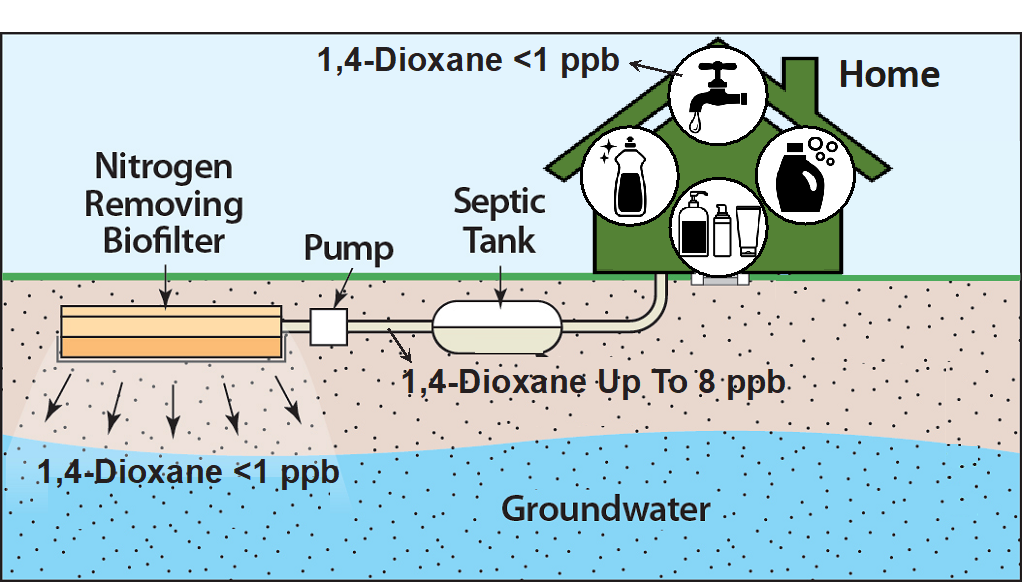
Clean Water Technology Center Reveals New Approach to Removing Toxins in Wastewater
The New York State Center for Clean Water Technology (CCWT) at Stony Brook University has made a series of critical discoveries regarding a new approach to protecting Long Island’s drinking water, groundwater, and surface waters. Some of the discoveries involve 1,4-dioxane.
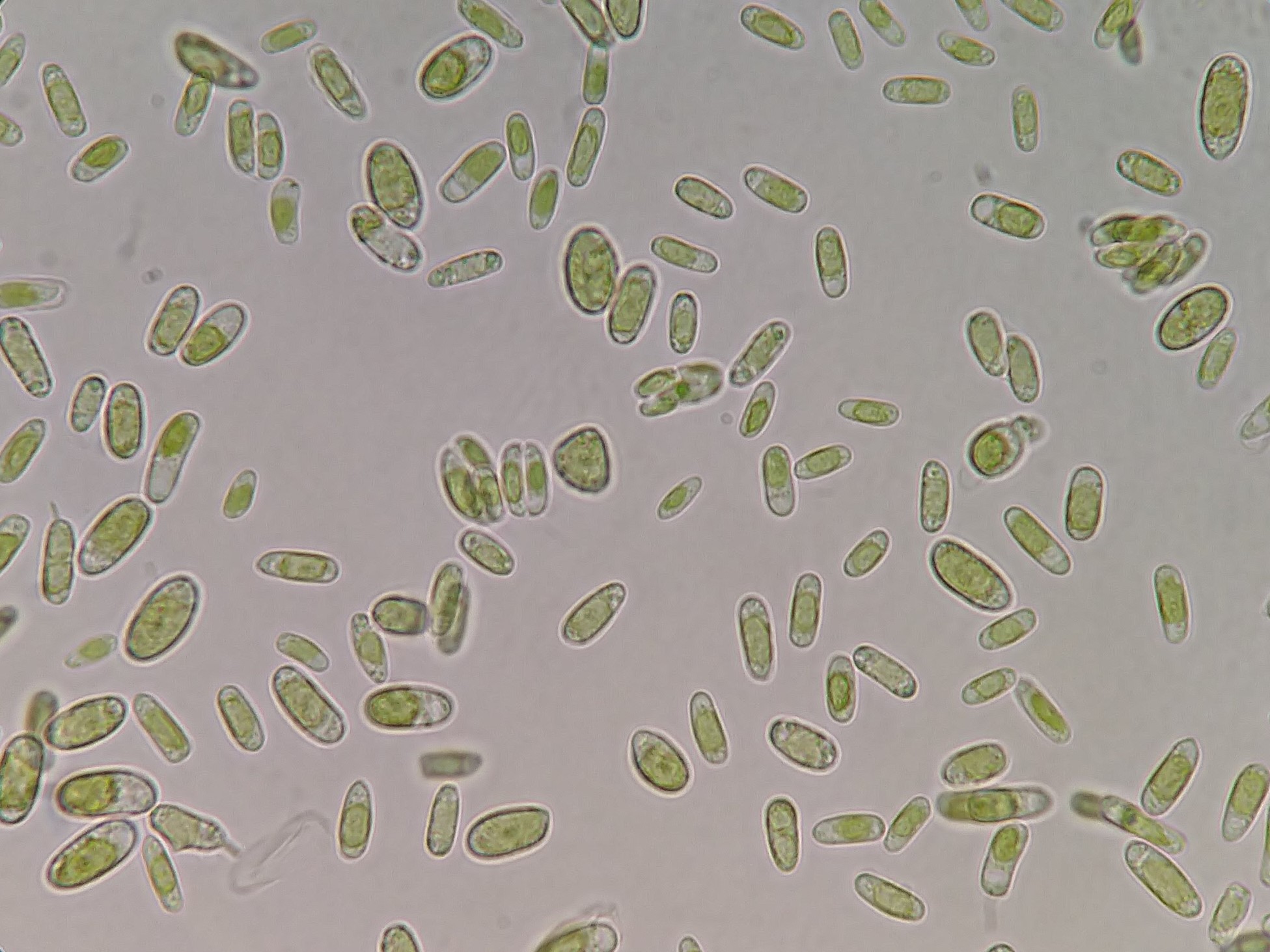
Bacteria and Algae Get Rides in Clouds
Human health and ecosystems could be affected by microbes including cyanobacteria and algae that hitch rides in clouds and enter soil, lakes, oceans and other environments when it rains, according to a Rutgers co-authored study.
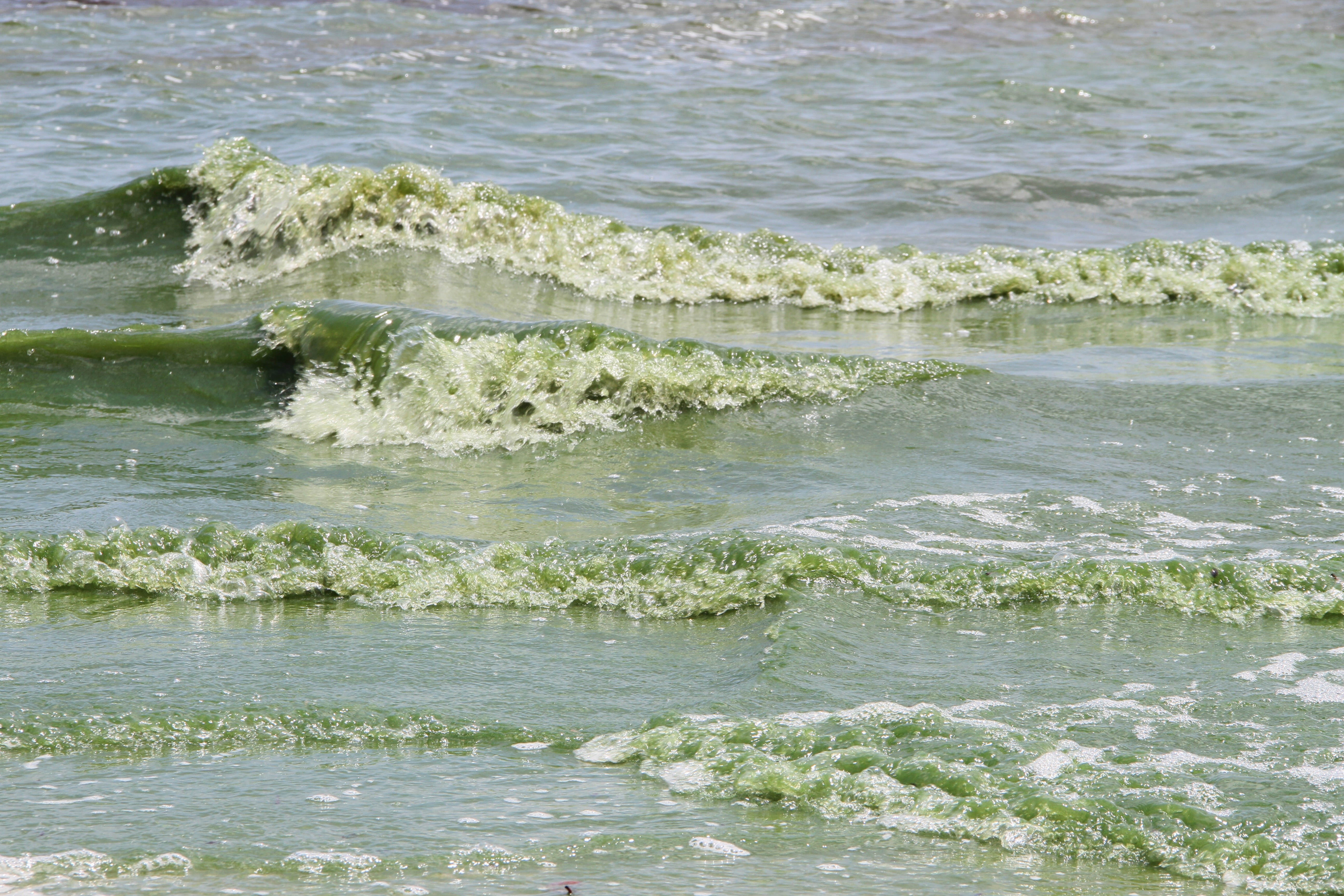
FAU Receives Florida Department of Health Grant to Study Health Effects of Harmful Algal Blooms
Despite many occurrences of red tide and blue green algae in Florida waters, the understanding of the health effects of exposure to these blooms is limited. Researchers will evaluate short- and long-term health effects of exposure to harmful algal blooms (HABS) in Florida to capture key areas of human exposure and a wide demographic population profile. They also will evaluate the potential effect of exposure to COVID-19 on susceptibility to HABs and health outcomes in this study population.
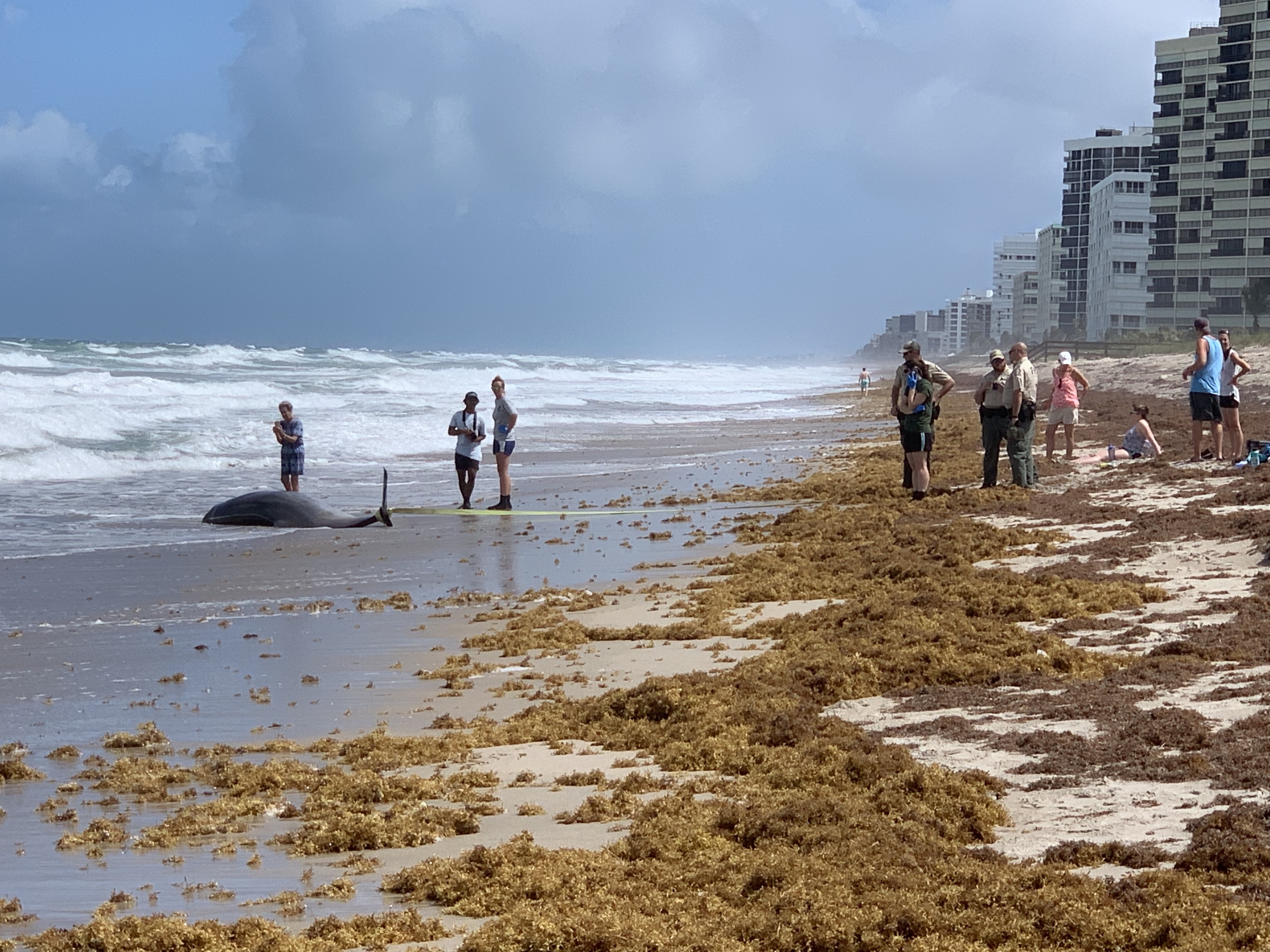
Study Finds High Levels of Toxic Pollutants in Stranded Dolphins and Whales
Researchers examined toxins in tissue concentrations and pathology data from 83 stranded dolphins and whales from 2012 to 2018. They looked at 11 different animal species to test for 17 different substances. The study is the first to report on concentrations in blubber tissues of stranded cetaceans of atrazine, DEP, NPE and triclosan. It also is the first to report concentrations of toxicants in a white-beaked dolphin and in Gervais’ beaked whales.
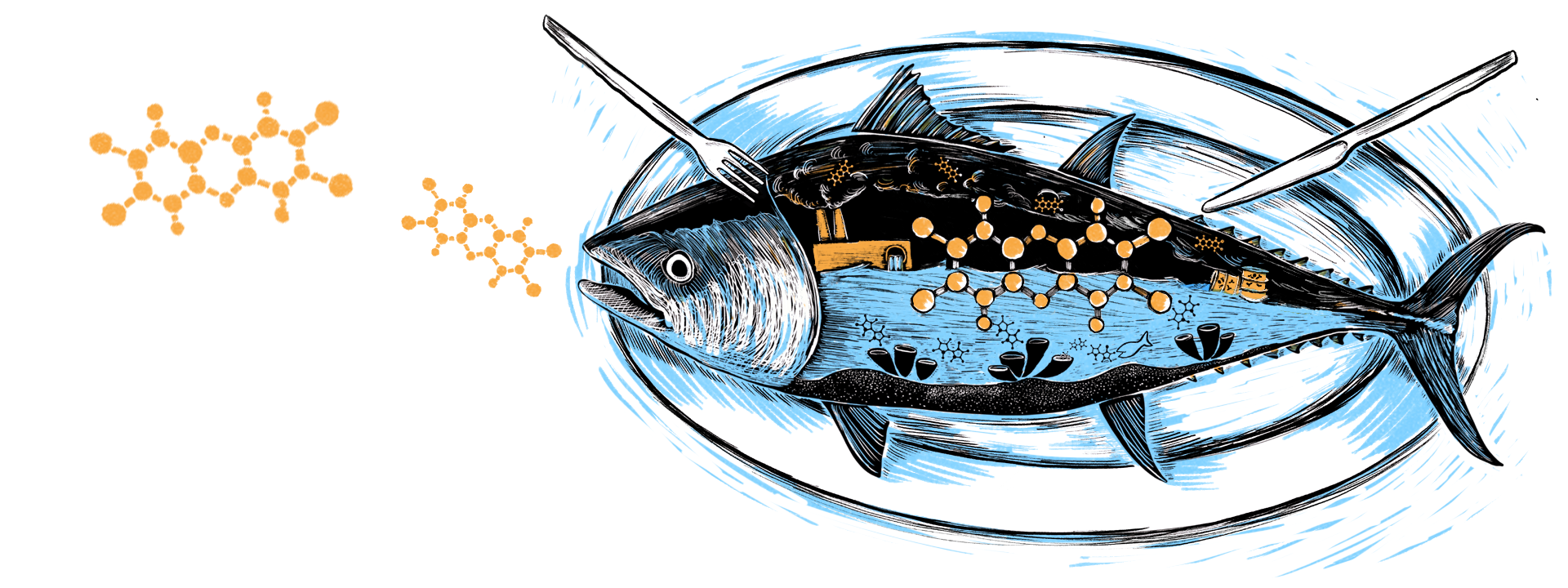
Are natural toxins in fish harmful?
Researchers investigate ‘PCB-like’ chemicals made by Mother Nature
The Nose Knows: Study Establishes Airborne Exposure to Harmful Algal Blooms’ Toxins
There are no limits specific to airborne concentrations of microcystins (blue-green algae) or inhalation guidelines. Little is known about recreational and occupational exposure to these toxins. New research provides evidence of aerosol exposure to microcystins in coastal residents. Researchers detected microcystin in the nasal passages of 95 percent of the participants; some who reported no direct contact with impacted water. Results also showed higher concentrations among occupationally exposed individuals and demonstrated a relationship between nasal and water microcystin concentrations.
LLNL develops 3D ‘brain-on-a-chip’ device capable of long-term recording of neural activity
Lawrence Livermore National Laboratory engineers and biologists have developed a “brain-on-a-chip” device capable of recording the neural activity of living brain cell cultures in three-dimensions, a significant advancement in the realistic modeling of the human brain outside of the body.
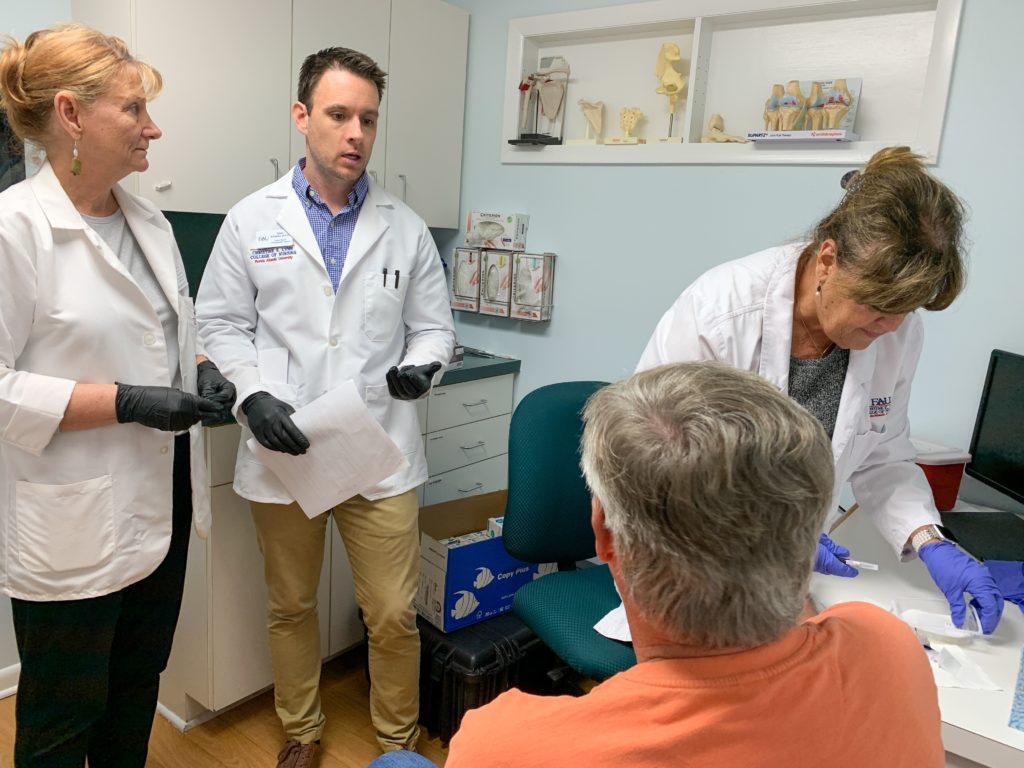
New Method Detects Toxin Exposure from Harmful Algal Blooms in Human Urine
A newly developed method can detect even low-dose human exposure to microcystins and nodularin in human urine. During harmful algal blooms (HABs), species of cyanobacteria release toxic peptides, including microcystins and nodularin into waterways, impacting wildlife and humans living in these marine environments. These findings are the first to report microcystin concentrations directly from exposed residents impacted by cyanobacteria in Florida, and is a critical step in developing and interpreting clinical diagnostic tests for HABs exposure worldwide.